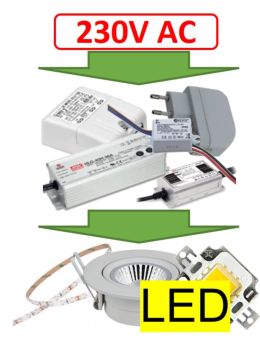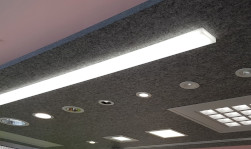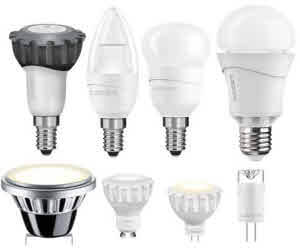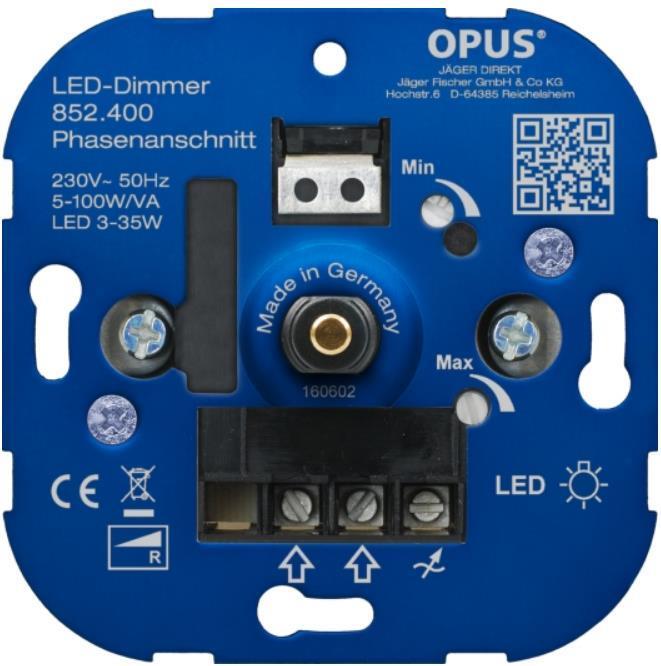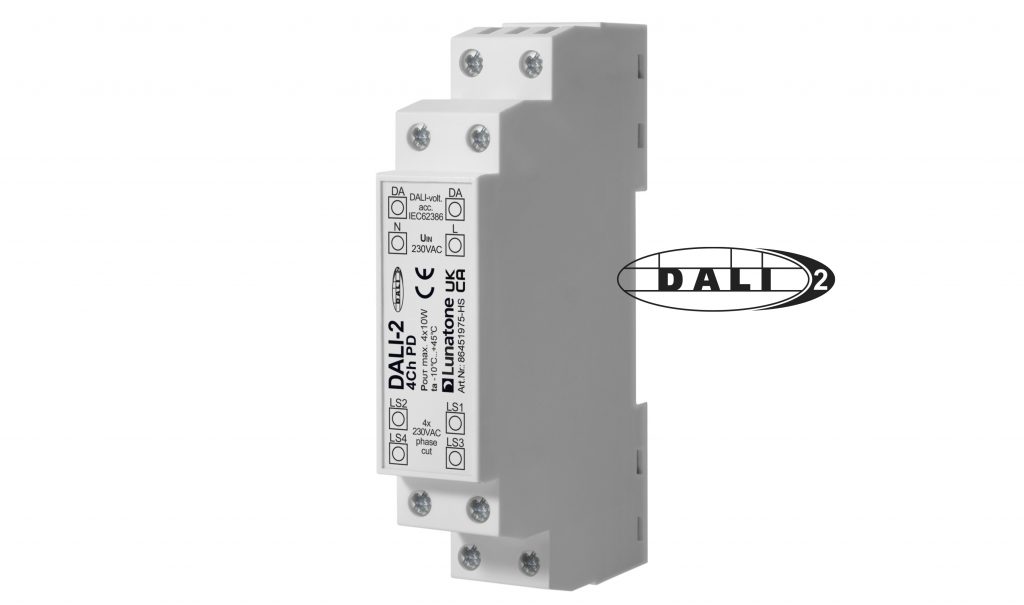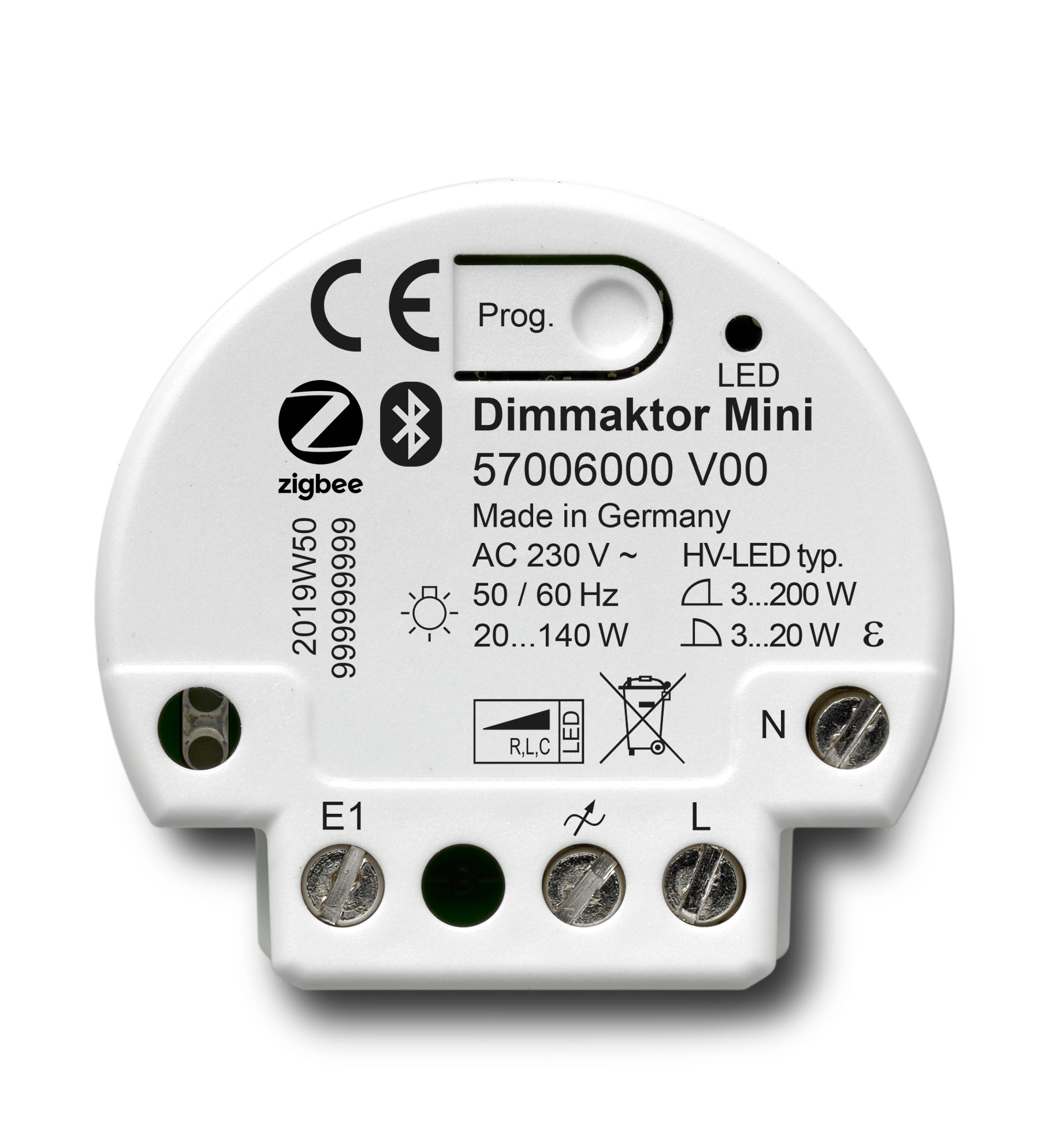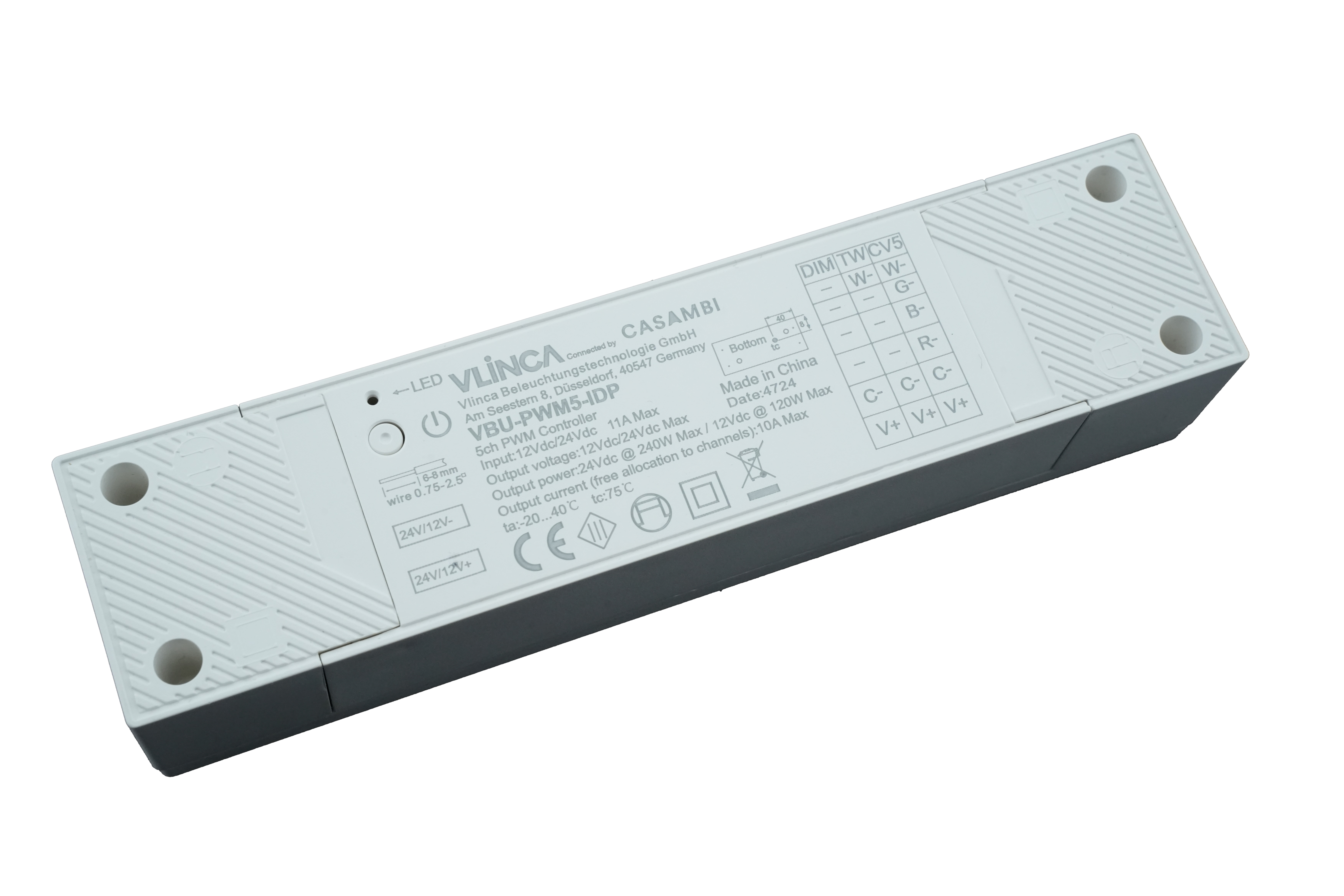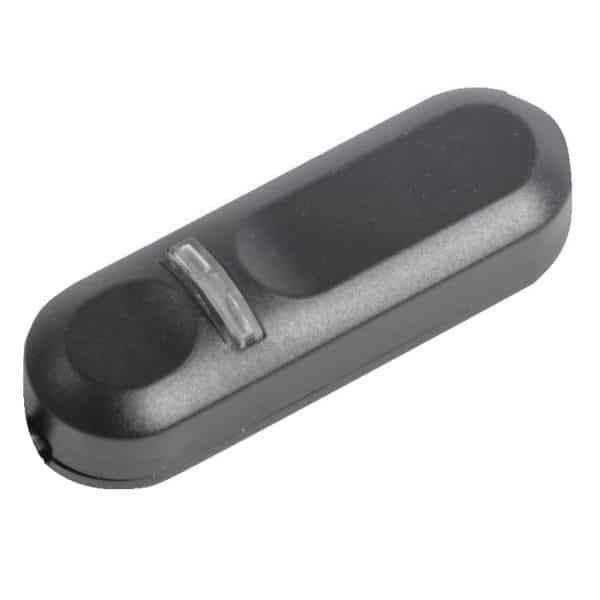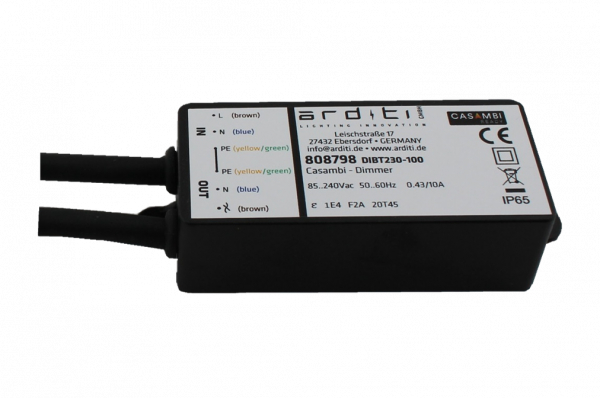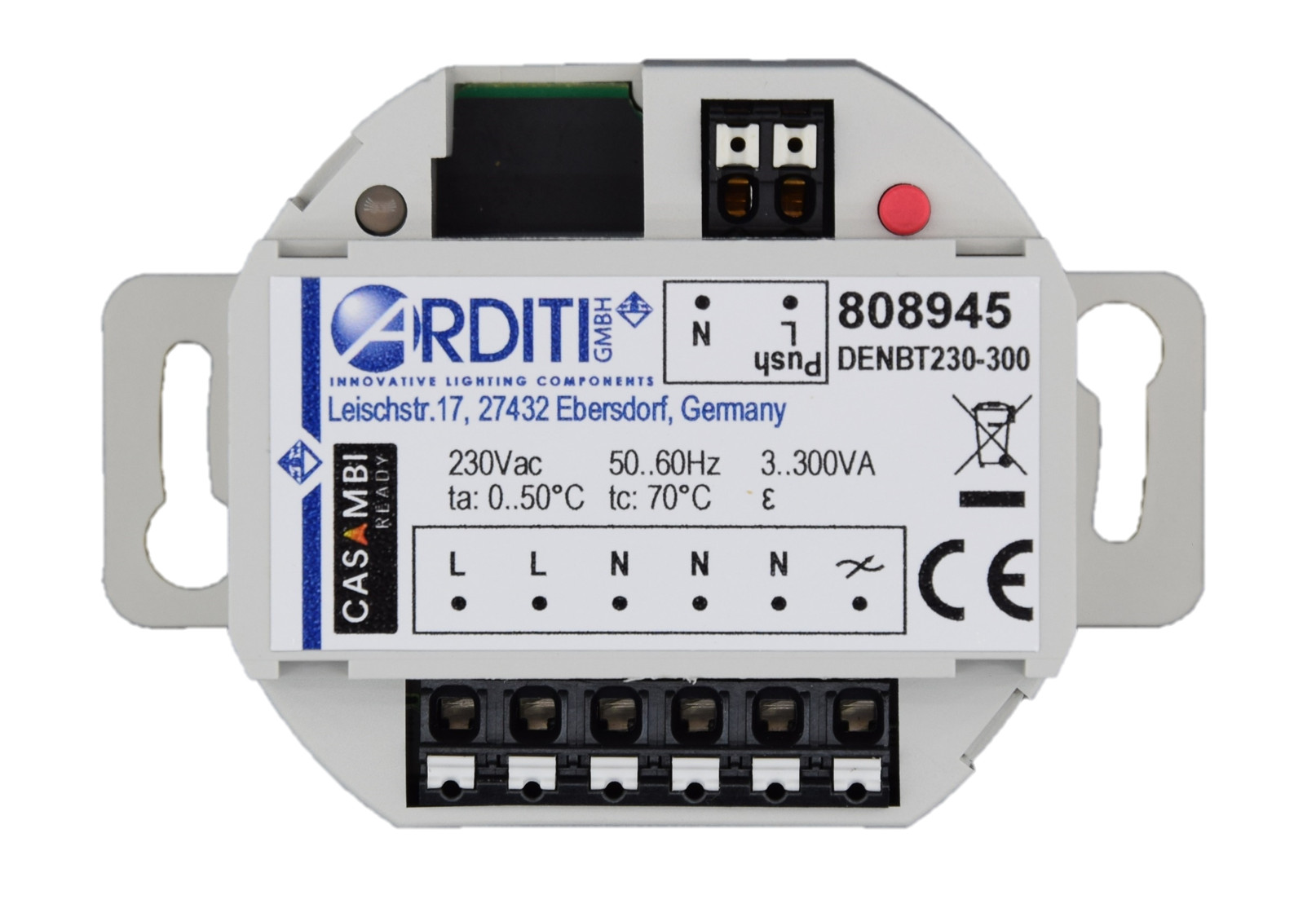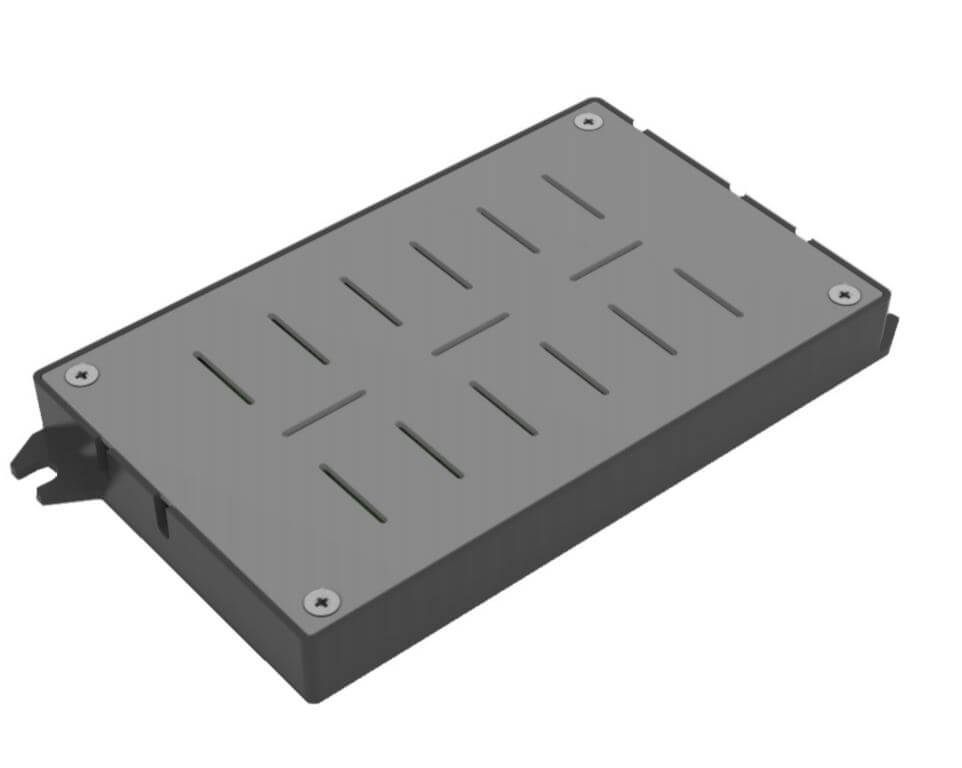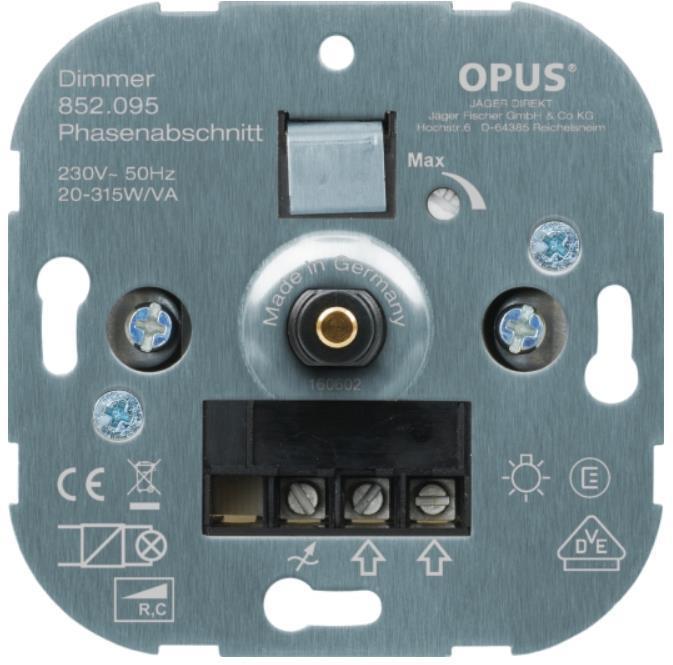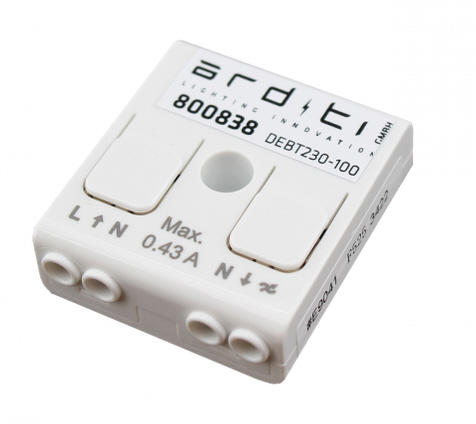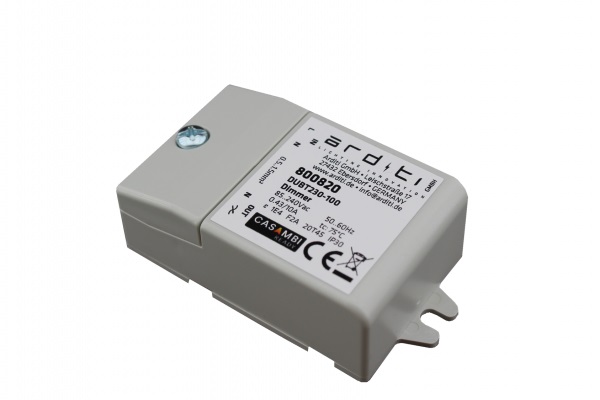We are currently optimizing our logistics processes for more flexibility and are relocating our stock. We are clearing out the current stock and offering particularly attractive discounts. To be found in the Sale% folder.
Leading-edge and trailing-edge phase dimming | Simply explained
The technology is explained quite simply. And this article also shows the advantages and disadvantages, as well as the applications, in a correspondingly comprehensible way.
Leading edge dimming - the principle of switching on later

The course shown in the figure (a) shows the time course of the alternating voltage represented in our house network (230V AC mains voltage).
We can understand the term "phase" as the time course of a voltage or also of the current at a consumer like e.g. a light bulb.
(Shown here are two sine waves=periods. With the house net these are 50 periods per second corresponding to 50 Hertz, and/or duration of a period 20ms).
The current through the filament follows this course and makes the bulb shine brightly. (Due to the inertia of the eye and the wire, we do not notice this change. Nevertheless, a flicker of 100Hz would be measurable).
Take the current away from the lamp!
By installing a small electronic switch (triac), the voltage is switched on a little later after each half oscillation. The lamp shines less bright. Figure (b).
This is called leading the phase --> leading the phase dimming.
Depending on the time of switch-on, this technology can be used to dim down to a few percent brightness. Figure (c)
Triac dimming in detail:
The triac dimming method is based on phase angle control. A voltage pulse is generated which "fires" the triac (=switch). The pulse is generated by bringing the input voltage to a predetermined level. When the input voltage exceeds this level, the triac (triode for alternating current) switches on. At zero crossing (end of half-wave), the triac switches off again and waits for the next pulse.
Trailing Edge phase dimming - principle of premature switching off
Phase section control is a bit more complex in terms of circuitry. Here the voltage is switched off prematurely. The phase is switched off. Depending on this time the same behavior is shown. The longer current can flow, the brighter the lamp, or vice versa.
I would like to dim LEDs. Which method is better - leading-edge or trailing-edge dimming?
Unlike an incandescent lamp, electronic ballasts are required to operate LED lamps, or in LED luminaires. These basically also require their own minimum supply voltage and explains why it is not really possible to dim down to a few percent brightness. An empirical value is 100% to about 20% (in exceptions to 10%).
Depending on the circuit-technical conversion (switching power supply, use of transformers, and/or capacitive or inductive portion in the input circuit) these methods can function differently well, and/or if necessary even destroy lamp or dimmer.
Experience shows that switched-mode power supplies work better with leading edge dimming, whereas trailing edge dimmers are better suited for transformers as inductive loads.
Our recommendation is to use so-called universal dimmers. These automatically recognize the load and adjust themselves to it in the best possible way. I.e. also the lower switch-off point, which usually leads to unstable behavior, or flicker, is detected and stored.
Advantages of phase dimming technology
- Easy planning and installation,
- Existing wiring can be retained. (Existing buildings)
- Available for many lamps and luminaires
- Quick expansion/conversion
Disadvantages, or why it is worthwhile to use more modern systems (DALI, Casambi radio, 1-10V, Enocean, Zigbee)
- Limited dimming range
- Frequent flicker behavior when setting, or in the lower range
- Noise development (buzzing) both in the dimmer itself, and in the ballast
- Not suitable for higher powers (> 80W) due to reactive power distortion and EMC interference
- Poor efficiency
- No standard defined for electronic loads (LED). Thus low planning reliability (try & error), functional reliability is load-dependent.
Our tip:
Existing buildings --> Yes, or alternatively Casambi
New buildings --> DALI

